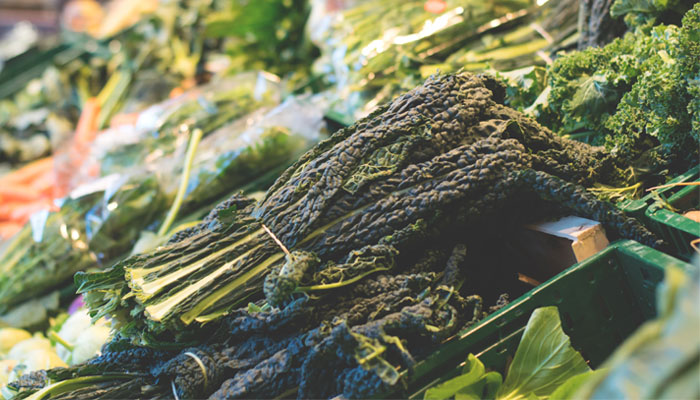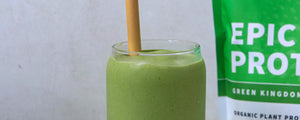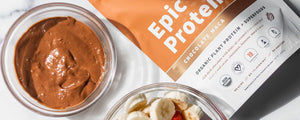
Perfect Produce: Best Greens for a Salad
There’s something pretty great about a homemade salad. Whether for a hearty lunch or a light dinner, salads are chock full of health, can be customized in endless ways and require very little culinary expertise. But when it comes to the foundation of any good salad — the greens — where is one to begin?
The produce section yields countless choices, each with a different appearance, flavor and nutritional profile. Here’s a look at six of the best greens for a salad.
- Arugula With an aromatic, slightly peppery flavor, arugula belongs to the brassica family of vegetables, which also contains cabbage, broccoli, cauliflower and Brussels sprouts. These vegetables are high in fiber and antioxidants and have been shown to reduce the risk of several types of cancer, including lung, pancreatic and prostate cancer. Arugula is also a rich source of vitamin A with carotenoids, which can help prevent macular degeneration and cataracts. Marked by a distinct shape, arugula leaves are thin and smaller than many other types of greens.
- Kale Kale has been all the rage for years, and not without good reason. Among the most nutrient-dense foods that exist, kale has plenty of the good stuff—antioxidants, vitamin C, vitamin K, fiber and B vitamins, which help absorb iron. Additionally, one cup of raw kale contains almost 3 grams of protein. With an earthy, slightly bitter flavor, some might say the taste of kale is acquired. This type of green lends itself well to sautéing with a dash of olive oil, salt and pepper.
- Red leaf lettuce. With antioxidants and anti-inflammatory benefits, red leaf lettuce contains more phytonutrients than green leaf lettuce, which is partly what makes it red. What are phytonutrients? They’re chemical compounds that help ward off infection and prevent disease, and they’re most commonly found in fruits and vegetables that are red, orange or yellow.
- Butter lettuce Also referred to as bibb lettuce, this variety is known for its large, smooth, loosely bunched leaves. It has a slightly sweet taste that lends itself well to salads—or even as replacements for bread in sandwiches and wraps. An excellent source of vitamin A, butter lettuce also contains copper, iron, potassium and manganese.
- Romaine With long leaves and a satisfying crunch, romaine contains less than 20 calories and roughly 2 grams of fiber per serving—which means it’s a great choice for those trying to lose weight. Romaine is also rich in potassium, vitamin C and vitamin K, which is crucial for maintaining bone strength and to help your blood clot as it should.
- Spinach Though many people associate spinach salads with hard-boiled eggs and bacon bits, the truth is, you can substitute it as your main greens in pretty much any kind of salad. And why wouldn’t you? A nutrient-dense food, spinach is high in insoluble fiber, vitamin A, vitamin C, iron and folic acid. It also contains several plant compounds, such as lutein (important for eye health), nitrates (supportive of heart health) and quercetin (helps prevent inflammation and infection). Spinach even contains 2.9 grams of protein per 100 grams—not something every category of greens can say.
The best part of all? Each of these greens should be readily available at your local grocer. So head out, stock up, and get creative with your salad making skills!






